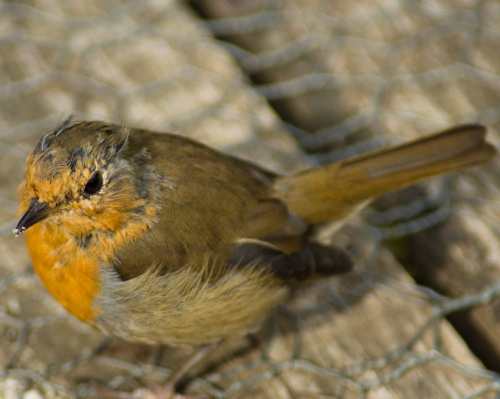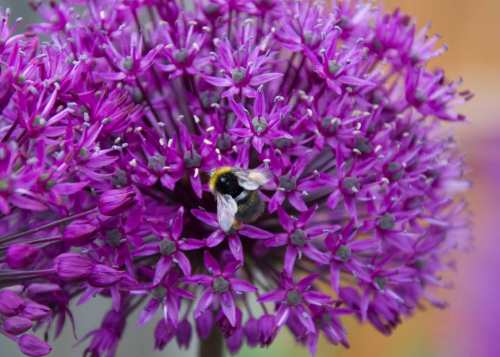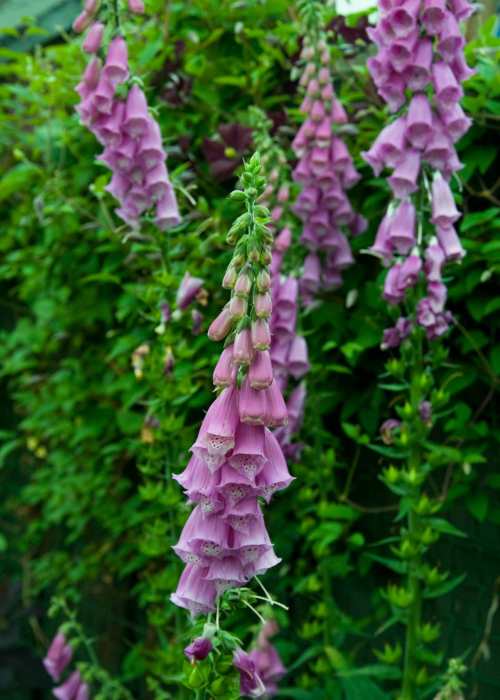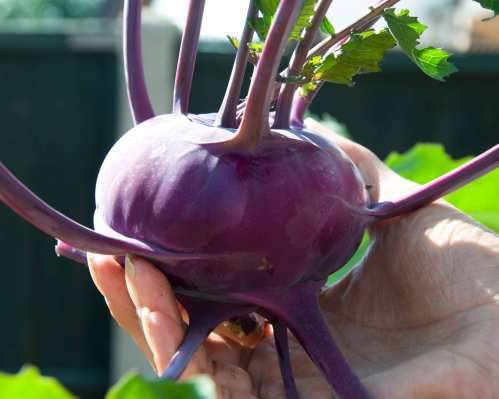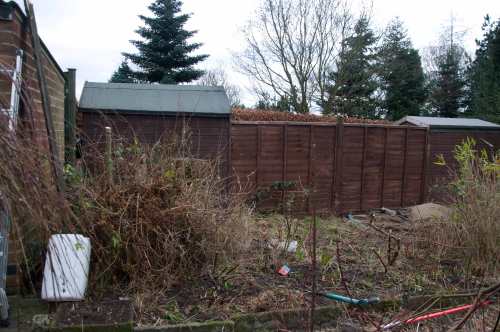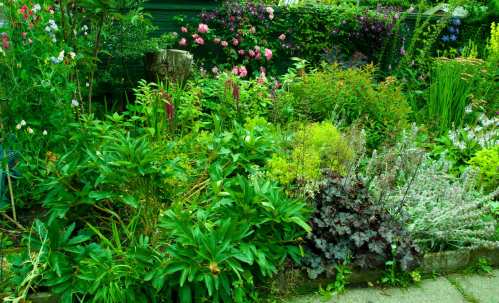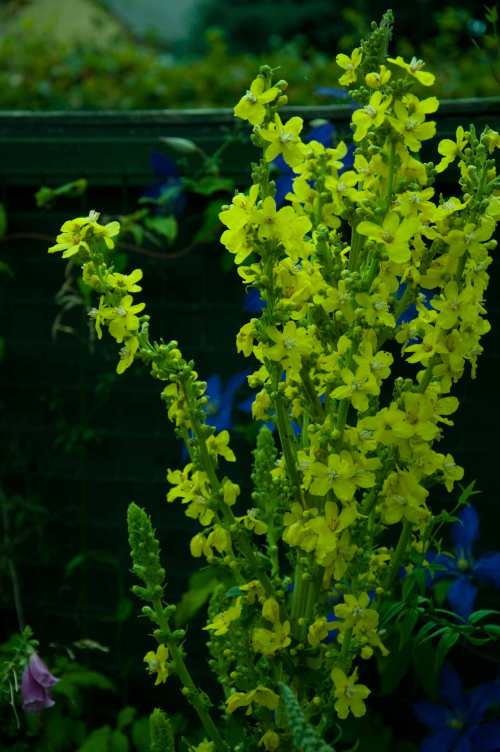
Nest Box
I’m not a DIY expert. I’ve only ever used a jigsaw twice, twenty years ago. But yesterday, in an hour, I was cutting straight lines and had made a nest box for robins. It was so easy I wonder why I haven’t done it before. We’ve been fencing the garden, building raised beds and had lots of scrap pieces of gravel board wood, 18mm thick and roughly 15 cm wide. Size is not critical, but the recommended floor area should be a minimum of 10cm x 10cm. The minimum thickness recommended by the RSPB is 15mm for insulation from heat and cold. So, determined to help the birds as much as I can and having been delighted to watch a Robin family being fed by their parents this year, I wanted to encourage them to move in. We have native hedgerow running down one side of the garden so as Robins like plenty of cover, that is where the box will live. Then it’s fingers crossed for next year.
Here are the dimensions I used if you want to make your own.
Back 500mm x 150mm
Lid 150mmx 265mm
Sides (cut two) 150mm x 265mm sloping to 312mm at the back
Front 150mm x 135mm
Base 150mm x 120mm
Cut all pieces with a jigsaw or handblade. To make sure you don’t make mistakes when putting the box together, as I nearly did, check at each stage that the box will sit on the base neatly as you go.
Start by attaching the sides to the back, then the front. secure to the base then the trickiest bit is the lid. I used some old car seat belt strapping to make a hinge so the lid can be opened for cleaning, though this isn’t absolutely necessary for an open box, it will make life easier when the time comes. A hook and eye latch at the side will stop predators lifting the lid.
Perfection, when making nest boxes is not required. some ventilation is needed and some way of rain escaping if it gets in. So don’t glue the box together or try to seal any slight gaps at the joins. This is the perfect project for a beginner! I painted mine on the outside only with the same colour fence paint so it will blend in with the hedge. I used non-toxic wax based fence paint. Do be careful that any paint you do use is safe for animals and birds! You could decorate your box and way you like, but don’t add any perches or paint the inside.
For lots more on birds, bird boxes and conservation try these links
BBC Springwatch website, which is loaded with links and information on birds and all other UK wildlife
BTO Nest Record Scheme
NTO Nest Box Challenge
Making and siting nest boxes, plus lots more information at the RSPB
